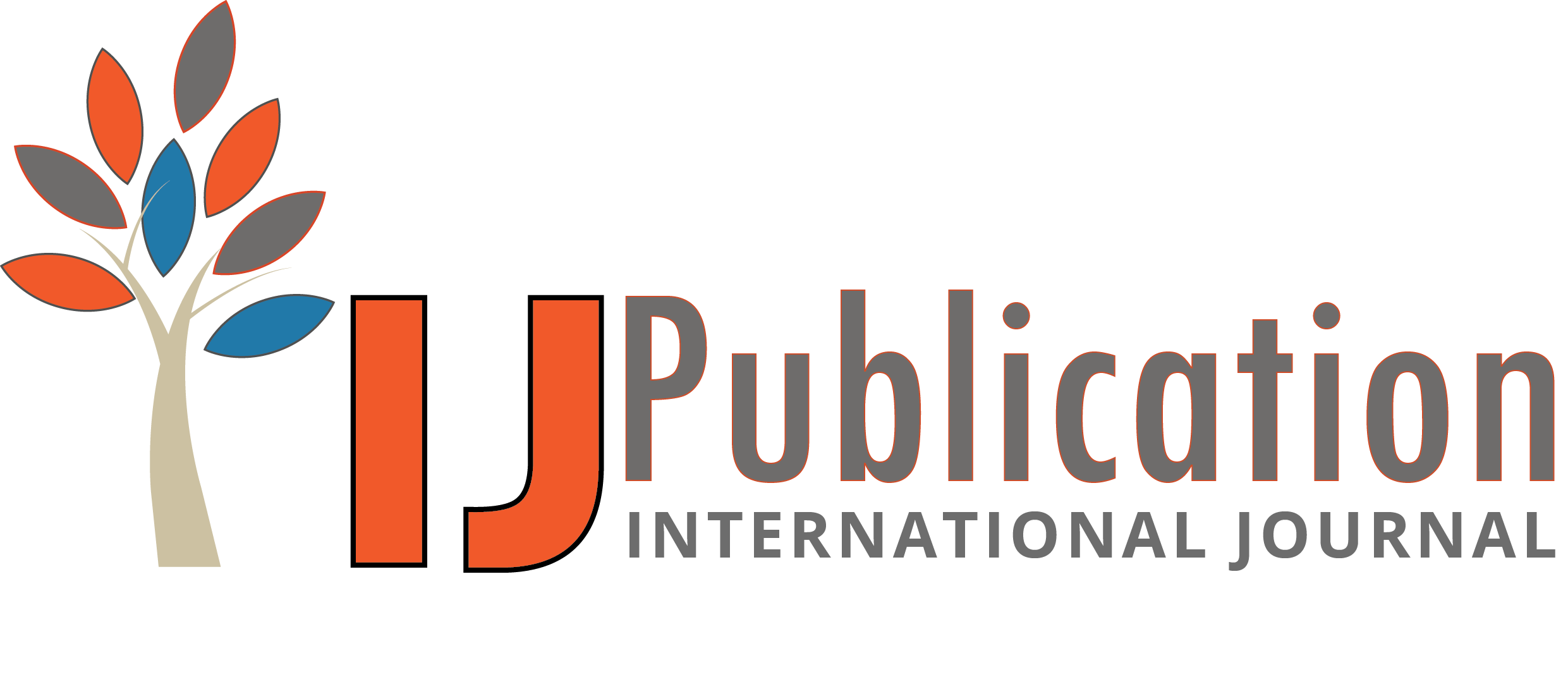Neelam Gupta Reviewer
04 Nov 2025 03:03 PM
 Approved
Approved
Relevance and Originality
The research article offers a highly relevant contribution to the evolving field of insurance technology, specifically focusing on the integration of third-party data enrichments into cloud-native risk scoring systems. It presents a modern approach to how insurers can leverage microservice architectures and data enrichment to enhance underwriting accuracy and operational agility. The originality lies in its architectural focus, addressing both technological scalability and business value within a regulated environment. By connecting risk assessment with cloud-native engineering principles, the study stands out as a practical yet innovative advancement insurtech cloudarchitecture dataintegration riskassessment microservices regulatorycompliance.
Methodology
The study is grounded in an architectural methodology that emphasizes modularity, separation of concerns, and asynchronous data processing. The description of layered microservices, API abstraction, and event-driven design demonstrates a mature understanding of scalable system design. The inclusion of a real-world case study—using aerial imagery for roof condition assessment—strengthens the methodological rigor by linking theory to practice. Further quantitative evaluation of performance gains or efficiency improvements would enhance methodological depth, providing empirical reinforcement for the proposed framework systemdesign architectureevaluation scalability performancemetrics integrationframework.
Validity & Reliability
The proposed framework appears valid and credible, supported by established architectural principles and practical implementation insights. The inclusion of data provenance and attribution mechanisms further enhances reliability, ensuring traceability and regulatory accountability. While the qualitative case study strengthens validity, broader testing across varied insurance domains could improve generalizability. The structured approach to maintaining schema evolution and asynchronous enrichment also reinforces robustness and consistency of outcomes reliability dataprovenance traceability validation consistency riskanalytics.
Clarity and Structure
The article maintains excellent clarity and logical progression, starting with contextual challenges in insurance risk modeling and advancing toward a well-defined architectural solution. Technical concepts are articulated precisely, balancing depth with readability. The structured flow—from problem identification to solution demonstration—enhances comprehension for both technical and business audiences. A few visual architectural diagrams or summarized framework tables could further elevate clarity and accessibility organization readability technicalcoherence dataprocessingframework clarityenhancement.
Result Analysis
The analysis effectively demonstrates that implementing microservice-based enrichment frameworks and data provenance systems leads to measurable improvements in underwriting precision, compliance, and operational efficiency.








Neelam Gupta Reviewer